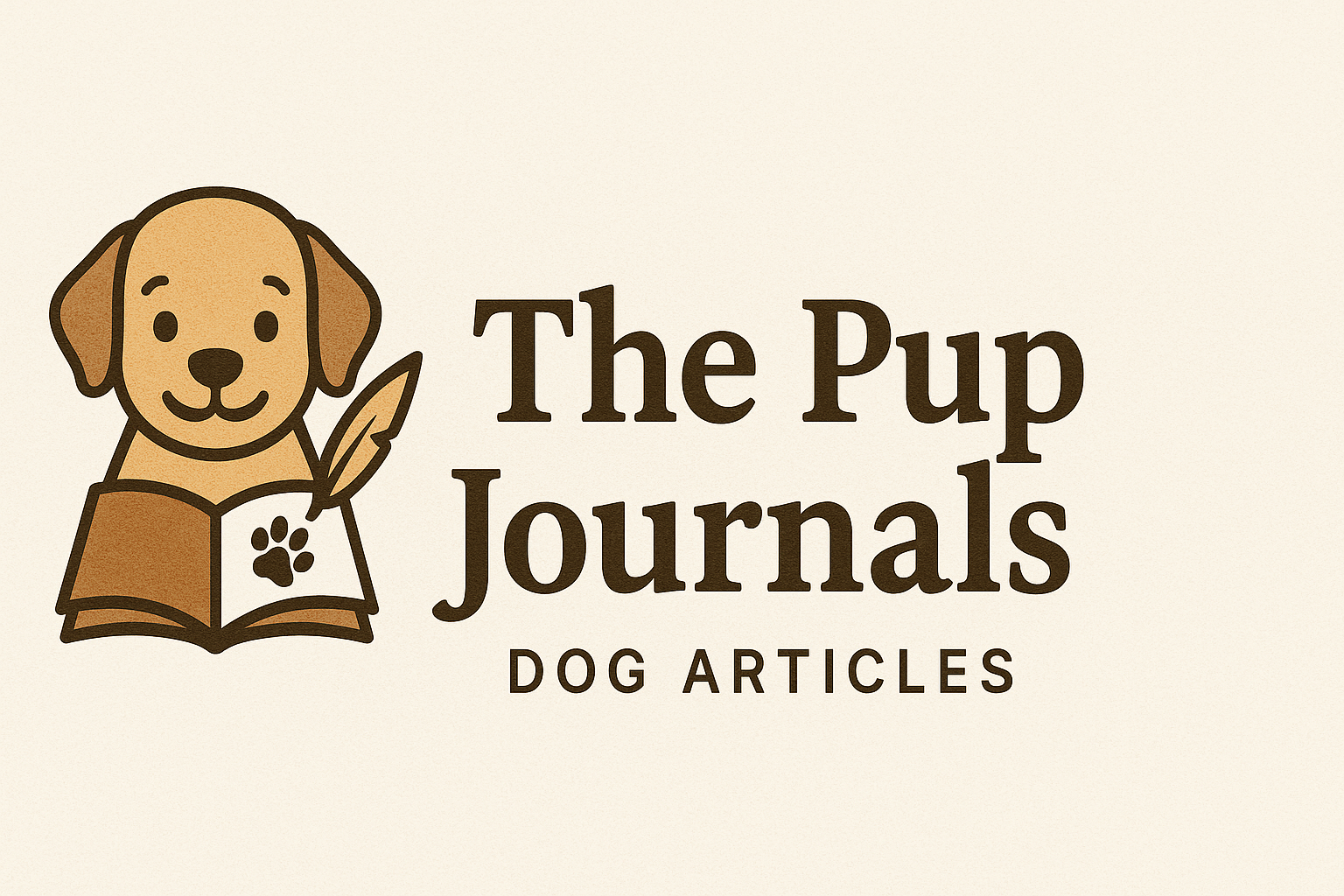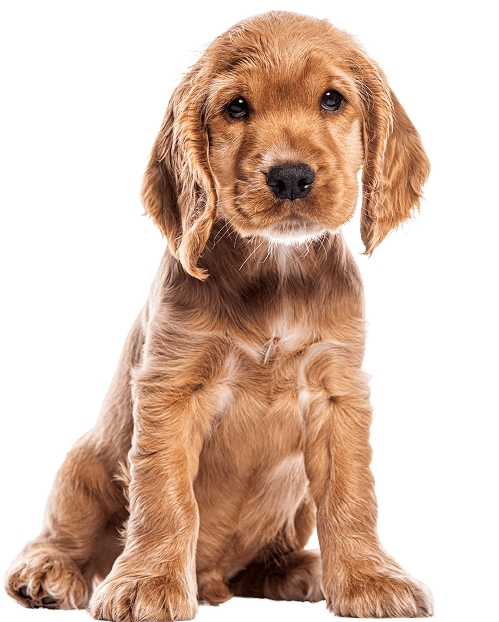
House Training Your Dog at Any Age: A Complete Guide
Training a dog to be house-trained at any age is entirely possible. All it takes is patience, consistency, and a solid understanding of your dog’s behavior.
According to expert dog trainer David Levin, the key is to act promptly—if your dog starts urinating indoors, immediately take them outside. Over time, they’ll learn to hold it in. While waiting for bad weather to clear, try to keep your dog outside as much as possible and keep an enzymatic cleaner handy for accidents.
Step-by-Step Tips for House Training
1. Maintain a Consistent Bathroom Routine
- A consistent routine helps dogs of all ages, especially puppies.
- General Rule: A puppy can hold its bladder for about 1 hour per month of age.
- Example: A 2-month-old = bathroom break every 2 hours.
- Take your dog out:
- First thing in the morning
- After meals or drinking water
- During or after play sessions
- Before bedtime
2. Designate a Potty Spot
- Choose a specific area outdoors (or indoors for pads).
- Let your dog associate that spot with going potty.
- Stick to the same area consistently to reinforce behavior.
3. Spend Quality Time with Your Dog
- New pets can feel confused and anxious.
- Exploring their environment with your presence builds trust and confidence.
- Consistent bonding helps in quicker learning and adaptation.
4. Use a Crate for Training
- A crate provides a safe space and teaches control.
- Dogs naturally avoid soiling where they sleep.
- Make the crate comfortable and positive, never use it for punishment.
- Crate training helps prevent accidents and reinforces routine.
5. Understand Your Dog’s Potty Patterns
- Dogs often mark territory to communicate with others.
- Their sense of smell is incredibly sensitive—sniffing is a big part of their routine.
- Be patient during their sniff-and-select routine.
Bonus Tips for Success
Keep a potty log: Track food, water, and potty times.
- Set reminders for breaks.
- Avoid free feeding—stick to scheduled meals.
- Praise and reward for going in the right place.
Final Thoughts
House-training can feel overwhelming, but with consistency and patience, it becomes second nature—for both of you. Celebrate small wins, be observant, and stay calm through setbacks. You’re not just house-training a dog—you’re building lifelong habits.
Why Puppies Bite and What You Can Do About It
Bringing home a new puppy is full of joy—until they start biting everything! While this might be frustrating, puppy biting is normal behavior. Understanding the “why” can help you teach the “when and where.”
Why Do Puppies Bite?
1. They’re Exploring the World
- Puppies use their mouths to learn about:
- People
- Other dogs
- Objects
- Biting helps them understand texture, strength, and reactions.
2. Teething Discomfort
- Around 12–16 weeks, adult teeth start pushing in.
- Chewing eases gum pain, so puppies bite anything in reach—including you!
3. It’s Play Behavior
- Puppies learn bite inhibition while playing.
- If one puppy bites too hard, the other yelps or leaves.
- They slowly learn to control bite strength—your job is to teach the same.
How to Stop Puppy Biting
Avoid Harsh Punishments
- Don’t yell or hit—this builds fear, not trust.
- Physical corrections can lead to anxiety and aggression.
Positive Training Techniques
- Redirect biting to toys or chew-safe items.
- If biting gets too rough, stop playtime and walk away.
- Be consistent—everyone in the home should use the same approach.
- Reward gentle play with treats and praise.
Conclusion
Puppy biting is normal and temporary. It’s part of how puppies grow, explore, and learn. While it can be annoying or even painful, your puppy isn’t misbehaving—they’re just learning.
Stay patient. Avoid punishment. Use redirection, structured play, and positive reinforcement. If biting doesn’t improve or gets worse, it’s okay to ask for help from a professional.
With love, time, and consistency, your playful pup will soon learn good behavior and grow into a well-mannered adult dog.

